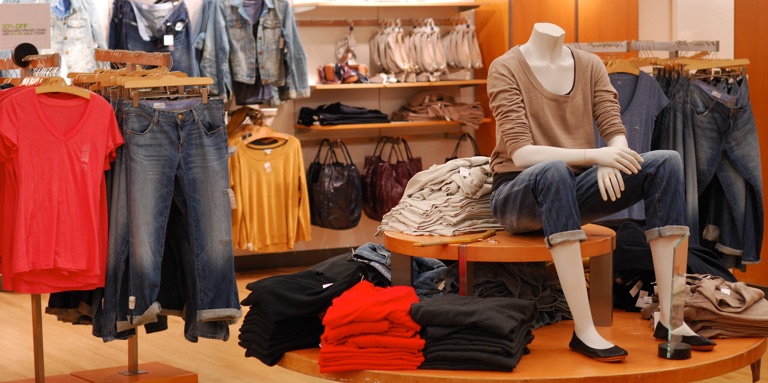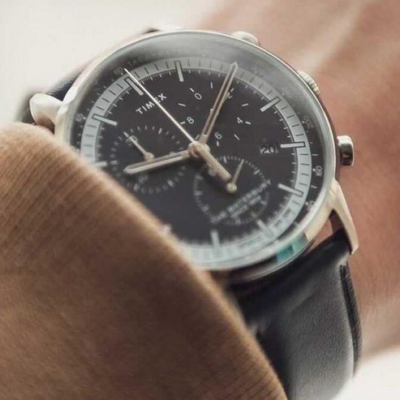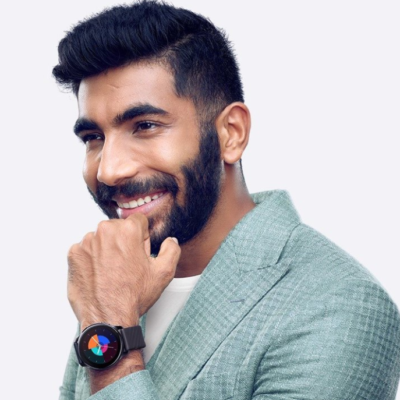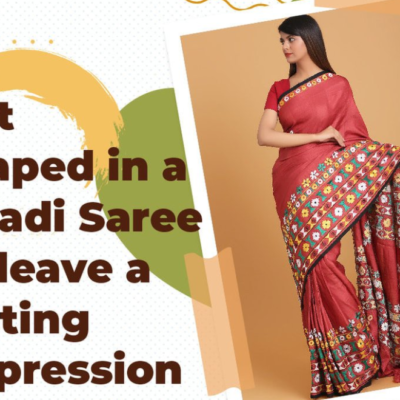Apparel is one of the declining categories since consumers face or expect a crunch in their income increases, hence, prioritize essential goods and services.
The COVID-19 pandemic has changed the way consumers behave, causing short term as well as long-lasting changes. In order to provide businesses with the vital knowledge to build pave a new path and adapt accordingly, Facebook along with Boston Consulting Group (BCG) came out with a consumer sentiment survey, named ‘Turn the Tide’, which aims to serve a reference point on consumer insights, trends, and guidance for the industry, brands, and agencies as they begin to negotiate the commencement of operations. Facebook and BCG have focused on how the spending sentiment is translating differently across categories and have provided recommendations for businesses to build for new path-to-purchase journeys.
Apparel, which is a popular product category has experienced weaker consumer spending sentiment as the financial uncertainty amid COVID-19 rises. According to the report, Apparel is one of the declining categories since consumers face or expect a crunch in their income increases, hence, prioritize essential goods and services. Additionally, the survey conducted by Facebook and BCG has noted that as consumers are not stepping out of their homes as often which is why social occasion clothing requirements are being severely impacted.
Key highlights from the report:
The COVID-19 pandemic has impacted the socio-economic fabric of India in the following ways:
- Focus on health & safety (a 120% spike in online searches on health and immunity in India. 49% consumers intend to buy more vitamins, herbs, health supplements, etc. in the coming days)
- Social distancing and restrictions on movement
- Income uncertainty causing weak demand
- Re-calibration of consumer priorities leading to plunging consumer spending sentiment for categories like apparel
7 consumer trends that will shape up the demand in the Apparel category:
- Come-back of Past Trends:
- Trading down and bargain hunting: 32% of consumers are planning to trade down while 40% of consumers are expecting discounts/ promotions during apparel shopping.
- Utility Shopping: The number of consumers who shop due to functional reasons is expected to rise largely.
- Escalation of Existing Trends:
- Embracing digital services & experiences: Digital influence in apparel sales will increase by up to 60-65%.
- The popularity of e-commerce and O2O: 40%of consumers are planning to increase their online spending on apparel.
- Focus on health and wellness: 1.4xrise in time spent on fitness apps, and an increase in demand for activewear/athleisure.
- Newly Discovered Habits
- Remote way of living: 79% of consumers are unwilling to go out of their homes, except for work, impacting the social occasion clothing requirements.
- Superior hygiene and clean living: Consumers want the retailers to focus on high standards of store hygiene post the pandemic (57% globally)
In the pre-COVID era, apparel as a category in India was growing steadily and consistently. During 2015-2019, the apparel industry grew at a CAGR of 13%, with 90% of sales being driven through the unorganized sector. 67% of shopping was done through modern trade channels, in contrast to a mere 7% through online channels. Albeit small, the online channel is boosting fast, the online channel grew at a CAGR of 34% from 2015-19.
Paving a new path to drive purchase:
Pre-purchase
- Exploring digital capabilities: Nike brought alive its digital capabilities by live-streaming workout videos, training programs and expert tips from trainers
- Build brand engagement through social media.
- Build personalized engagement through seasonal/promotion led campaigns.
- Drive digital retargeting.
- Tap on consumer needs, for example- formal wear brand Fable Street pivoted to no stained clothing to indicate longer duration clothing.
Purchase
- Win online by reimagining pathways and selling models.
- Bring live experiences with assisted shopping, for example- Luxury fashion brand Burberry launched AR/VR for virtual try-on and purchase.
- Replicate in-person experiences like Prada used sales associates driven assisted shopping for product recommendations.
- Re-create in-store experiences and incorporate hygiene &safety measures strictly.
- Optimize portfolio for value creation
- Relook at the Media Mix Model by harmonising with the changing landscape to build efficiency in the acquisition.
Post-purchase
- Strengthen consumer engagement through loyalty programs, incentivizing social peer recommendation: Shoppers Stop delivered e-Gift voucher allowing consumers to engage with their loved ones.
- Drive value by repeat purchase and consumer up trade, re-target existing consumers: Lime Road directly offered gold membership with a certain amount of purchase





